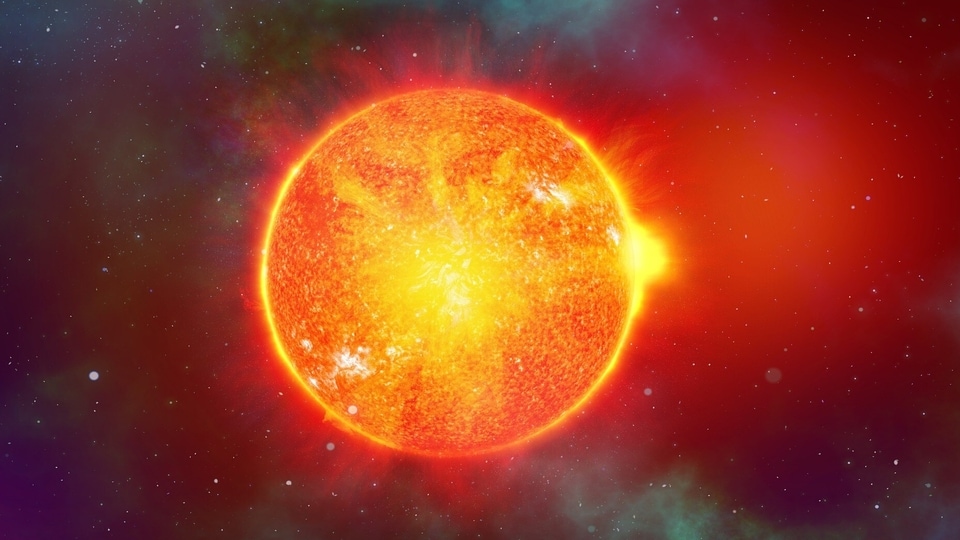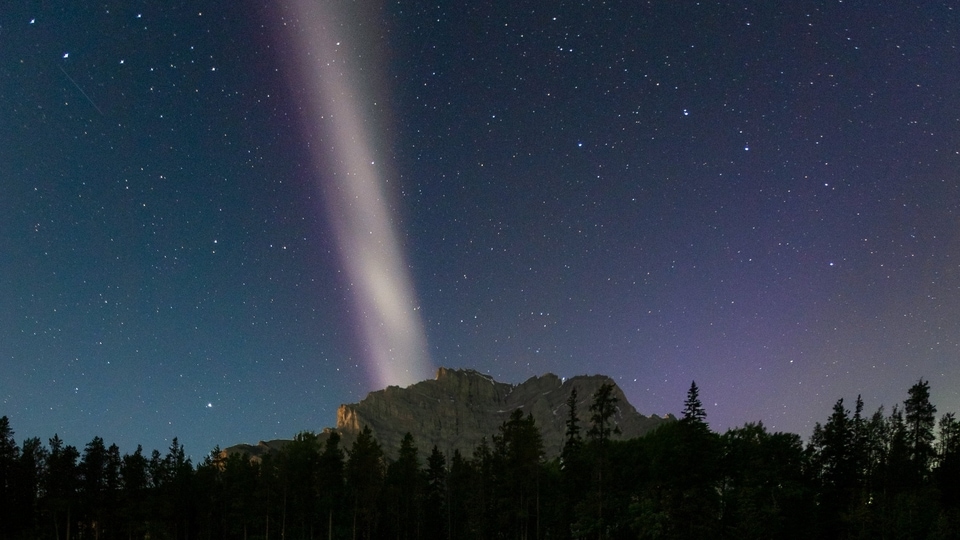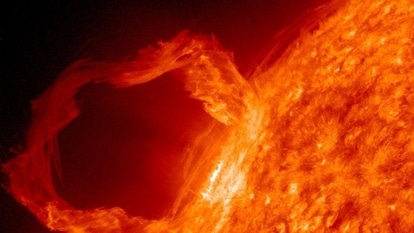Solar storm WARNING! Fast moving solar wind set to strike Earth; Know when
According to reports, a solar storm is set to strike the Earth between December 8 and 9, caused by fast-moving solar wind. Know the dangers from the impact of this solar disturbance.
_1639373804152_1659933055983_1659933055983.jpg)
_1650614444757_1650614518141.png)




 View all Images
View all ImagesIn the last couple of months, solar activity has reduced in frequency. This is highly unusual because as we know, the Sun is getting closer to the peak of its Solar cycle known as the Solar Maximum. The peak will be reached sometime in the first half of 2023. The lack of strong solar flares or direct coronal mass ejection (CME) hits to Earth is being considered a coincidence since there have been quite a few explosions on the farside. But now, things appear to change as there are five big sunspots and multiple magnetic filaments facing the Earth which can set off any moment. And the first assault of the Sun is already underway. According to the National Oceanic and Atmospheric Administration (NOAA), fast-moving solar wind is approaching the Earth which can cause massive solar storms on our planet.
The development was reported by SpaceWeather.com which noted on its website, “A high speed stream of solar wind is approaching Earth. ETA: Dec. 8th or 9th. The gaseous material is flowing from a canyon-shaped hole in the sun's atmosphere. Minor G1-class solar storms are possible when the solar wind arrives”.
Earth to brace for a midweek solar storm attack
While the website mentioned a G1-class solar storm, which is typically not the strongest, it does not mean that these solar disturbances are harmless. These are still capable of causing disruption in radio waves and causing a radio blackout. This can also impact GPS systems. As a result, flight timings can be delayed and ship transportation can be affected. If you are in the affected zone (which you can find out closer to the weekend on the National Oceanic and Atmospheric Administration website), you should check if any of your flights have been rescheduled. Alternatively, if you have a pacemaker, you should avoid flying during these hours as the solar storm could potentially corrupt the motherboard of the device.
NOAA's tech stack that predicts solar storms
NOAA monitors the solar storms and Sun's behavior using its DSCOVR satellite which became operational in 2016. The recovered data is then run through the Space Weather Prediction Center and the final analysis is prepared. The different measurements are done on temperature, speed, density, degree of orientation and frequency of the solar particles.
Catch all the Latest Tech News, Mobile News, Laptop News, Gaming news, Wearables News , How To News, also keep up with us on Whatsapp channel,Twitter, Facebook, Google News, and Instagram. For our latest videos, subscribe to our YouTube channel.































